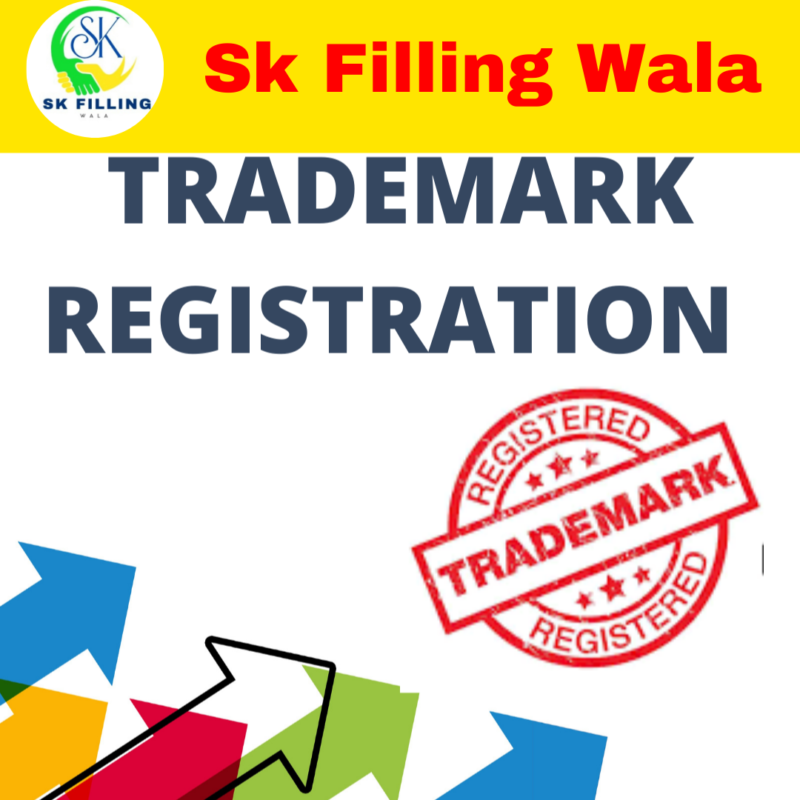Trademark Registration Fees for NGOs
trademark registration fees is an important step for NGOs to protect their brands and reputations. In addition to providing legal protection, trademarks boost NGO credibility and make them more attractive partners for collaborations and funding.
There are various fees associated with trademark applications, depending on the filing basis. For example, applicants who file based on intent to use must submit evidence of use within six months of receiving their NOA or pay a fee for each subsequent six-month extension request.
Trademark Search
Trademarks are essential to an NGO’s mission, providing a visual representation of its identity and establishing brand recognition. They also provide legal protection, preventing unauthorized use and brand dilution. However, trademark registration comes with a cost—maintenance fees. Failure to pay these fees can result in the cancellation or expiration of a mark, leaving it vulnerable to infringement and paving the way for others to register similar marks.
Fortunately, there are ways to reduce trademark maintenance fees for NGOs. The first step is conducting a comprehensive trademark search. This will identify potential conflicts and allow for proactive action to avoid future infringement. Next, NGOs can minimize maintenance costs by filing documents to demonstrate their continued use of the mark in commerce between the ninth and tenth year after registration.
Trademark Registration
Trademark registration provides legal ownership, preventing unauthorized use that could damage an NGO’s reputation and value. It also enhances credibility, making it easier to attract partners and donors. Moreover, it enables the NGO to take action against anyone who uses the mark without permission.
While the benefits of a registered trademark are numerous, it is important to note that it is not necessary to register a mark in order to use it. Rights accrue through use, and it is not cost-effective to pay to register a mark that is only used for a short period of time or only in a limited geographic area. Additionally, registering a mark may require the submission of evidence of use to demonstrate that it is in actual use, or it will be rejected in the application process.
The application fee for a trademark is based on the number of classes in which the mark is applied, and it is currently between $225 and $400 per class. There are additional fees associated with submitting post-registration maintenance documents, which are required to keep the mark active. These documents include declarations of use and excusable nonuse, as well as applications for renewal, and they cost a variety of different amounts.
Other fees associated with the trademark application process are the filing fee, examination fee, publication fee, opposition fee, and the certificate of registration fee. These fees are charged to cover the costs associated with evaluating and processing the application.
Trademark Renewal
A registered trademark elevates an NGO’s value, bolstering its credibility among donors and partners and deterring unauthorized use that could damage its reputation. It also provides legal protection, allowing the NGO to take action against infringement. Moreover, it grants exclusive rights, protecting the NGO’s distinct identity and its values.
Currently, applying for federal trademark registration is a fairly inexpensive proposition. However, once the mark is registered, there are several fees associated with maintaining and managing it. Moreover, the fees vary depending on the number of classes included in the application. Moreover, the USPTO requires showing of use for the mark before it can be approved for registration.
Post-registration maintenance filings, such as declarations of use and excusable nonuse and applications for renewal, are due at regular intervals. These documents must be submitted to demonstrate continued use of the mark, and failure to file on time can result in the cancellation of the registration.
The USPTO has been raising these post-registration maintenance filing fees to offset the costs of processing these submissions, which are on the rise due to changes in filing habits and other factors. The USPTO has also made an effort to streamline these filings, combining them into one filing where possible to reduce cost and review time. Moreover, the USPTO is taking into account comments received during the public hearing and has incorporated feedback in its fee proposals.
Trademark License
Trademark registration provides exclusive rights for the mark, protecting against unauthorized use. It also helps you build brand reputation and consumer trust. It is a valuable business asset and contributes to the bottom line. Moreover, it can be used as evidence in litigations against unauthorized use. It also enables you to use the (r) symbol, which signals that the trademark is registered.
Almost all trademark fees are charged on a per-class basis, so your overall costs will be higher if you file for a mark that applies to more than one class of goods or services. Similarly, there are additional fees for filing a declaration of use or excusable nonuse and for renewing your registration.
You can register a mark for a variety of goods and services, including words, designs, shapes, colors, and three-dimensional signs. However, it is important to choose a distinctive mark that clearly distinguishes your goods or services from those of others. The most effective marks include invented or coined words that don’t have existing meanings, as well as unique designs.

